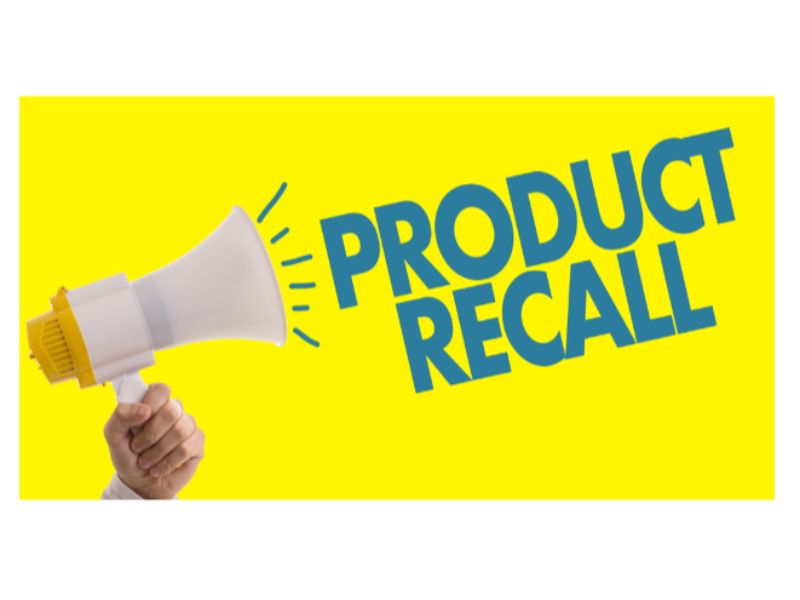No products in the cart.
What Are Product Recalls In Business?

Product recalls are a rare but necessary step that retailers take when they wish for customers to return a certain product that was purchased during a specific date or from a specific location. A product recalls can occur for a number of reasons, but whatever the driving force, they need to be administered quickly and effectively to ensure consumer safety. If you’ve ever wondered the mechanics behind why a product recall happens and how they work, we’ve explored this here today.
What is a product recall?
A product recall is the exercise of a company or manufacturer retrieving and replacing a consumer good that is defective. The degree of defectiveness will vary in severity, but it is up to the company and manufacturer to communicate this recall (typically through media outlets, direct contact, or signage at the participating retail outlets) to consumers that have purchased this specific product.
Usually, a product recall company will manage this process, and specify a date range of the product recall, for example – ‘Brand X cough medicine purchased between November 10th and December 5th, with an expiry date of January 5, 2020’. That said, there have also been product recalls where there is a technical fault in all models across every production period. The company and manufacturer will absorb the cost of the recall and replacement or reimbursement of the product.
Why do product recalls happen?
A product recall will occur when the manufacturer has reason to believe that the product is defective, usually due to product testing and/or reported incidents of its defectiveness. When it comes to vehicle product recalls, for example, owners will receive contact from their dealership that they need to bring their vehicle to the dealership for maintenance tests and audits, which can often lead to no issue with that model or the entire part or vehicle model replaced.
Product recalls happen because it is the responsibility of a manufacturer to stand behind their brand and alert customers if there is an issue that needs immediate recall. In 2017, there was a frozen berry product recall in Australia due to a Hepatitis A scare, with the product recall communicated on all TV networks and grocery store chain CRM channels.
Who manages these product recalls?
So, who manages the product recall that has been handed down by the various consumer commissions specific to that country after product testing has alerted an issue? There a small number of merchandising businesses that can implement a safe and effective recall, with representatives from all over the country able to remove the products in question from retailers shelves so that retailers do not have to manage the task or risk. These product recalls can be contained and managed inside of a week, relieving the manufacturer and the retailer operators from working on this directly. It also promises that the same quality assurance is applied to each store in each city of the country. These product recalls can be managed from grocery stores, department stores, specialty retailers and pharmacies.
Ultimately, your product recall should be instigated swiftly with your team able to activate the manual removing at all stores. This will negate any legal implications for inaction and will restore faith in your brand if your customers can see that you are working hard to mitigate this risk and act in their best interest.
A product recall is not something you or the market should take lightly, but it’s not something to fear if the right steps are taken from the moment the product recall commences. If you are looking to build a contingency plan for your company, start engaging with the right merchandisers who can execute a thorough product recall should you ever need it.















Leave a Reply